Wider Countryside Butterfly Survey
The Wider Countryside Butterfly Survey (WCBS) is BTO’s main scheme for monitoring population changes of the UK’s common and widespread butterflies.
About the Wider Countryside Butterfly Survey (WCBS)
The WCBS is important in both assessing the changing status of widespread butterfly species and in providing an indicator of the health of the wider countryside. Data from our Wider Countryside Butterfly Survey feeds into the UK Butterfly Monitoring Scheme (UKBMS).
- All BBS volunteers can take part in the WCBS by making extra visits to their square between May and August to count butterflies.
The UK Butterfly Monitoring Scheme is organized and funded by Butterfly Conservation, the Centre for Ecology and Hydrology, British Trust for Ornithology, and the Joint Nature Conservation Committee.
The UKBMS is indebted to all volunteers who contribute data to the scheme and we now have data from the WCBS, carried out on BBS squares spanning back to the pilot years of 2007 and 2008.
Get involved
Squares, instructions and recording forms
download the instructions
recording form
Square allocation for the WCBS on BBS squares and all WCBS data from BBS squares are entered into the UKBMS data entry system. For guidance on how to register your BBS square for the WCBS on the UKBMS website, please email bbs [at] bto.org.
Entering data for the WCBS
1. Register at www.ukbms.org/mydata/ (register button is at top right hand side of the screen). When choosing your username on this website, it is helpful to us if you use your BTO username.
2. Wait for us to email you to confirm that your account has been linked to your square(s). This can only be done during working hours, so please be patient.
3. Once allocated the square, log in to the UKBMS website. Hover over ‘My Data’ along the top of the page, then hover over 'Walks' and then when it appears, click on 'My Walks'.
4. In the page that opens, it is crucial you change the 'Site Type' to WCBS-BBS in the drop down menu, 'Filter by site' by selecting the square you are entering data for and then find the date of your WCBS survey in the calendar and click on the little green ‘plus’ sign. You can now enter and save the datas from your visit.
Latest results
The UK Butterfly Monitoring Scheme (UKBMS) 2023 Official Statistic has been released.
- The Official Statistic describes the trends of 58 out of 59 of the regularly occurring butterfly species in the UK.
- It is based on the results of the UKBMS, including data from BTO volunteers who contribute to the WCBS.
Butterfly populations fluctuate naturally from year to year. However, records in the UKBMS dataset begin as early as 1976, which allows us to identify long-term population trends. Sadly, the dataset reveals a steady decline in many of the UK’s butterfly species.
Summary
2023 was a mixed year for butterfly populations across the UK: half of the 58 species had a better-than-average year, and half the species had a below-average year.
Positive population trends
Chequered Skipper, Brimstone, Large Blue and the garden favourite Red Admiral had their best year on record at the UK level.
Other butterflies that seem to be faring well include the Brown Argus, Marbled White, Comma, Black Hairstreak and Holly Blue.
Negative population trends
Small Pearl-bordered Fritillary and Small Tortoiseshell had their worst year on record at the UK level, continuing the trend of steep population declines recorded in previous years.
Other butterflies which are struggling include Green-veined White, Cryptic Wood White, Scotch Argus and Grizzled Skipper.
Regional trends
Regionally, the picture was most positive in Scotland, where many more species are increasing than decreasing. Long-term declines still outnumber long-term increases on English sites.
Interestingly, Small Tortoiseshell bucked the trend in Northern Ireland with a significant increase compared to previous years, and nine species show long-term increases in Wales.
What drives the decline in UK butterflies?
Drivers of long-term declines include habitat fragmentation due to agriculture, forestry, and urban development, pollution, and climate change.
The impacts of these drivers can vary significantly between species and some species may benefit, at least in the short-term, from the increased temperatures caused by climate change.
- Read more about the latest results on the UKBMS website >
Publications
The latest publications using WCBS data can be viewed on the BBS-related reports and newsletters webpage. This includes the WCBS newsletters and the UKBMS Annual Report.
The UKBMS Official Statistics can be viewed on the UKBMS website.
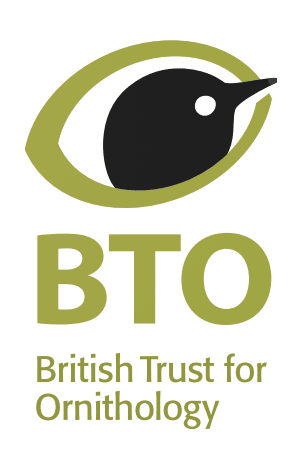
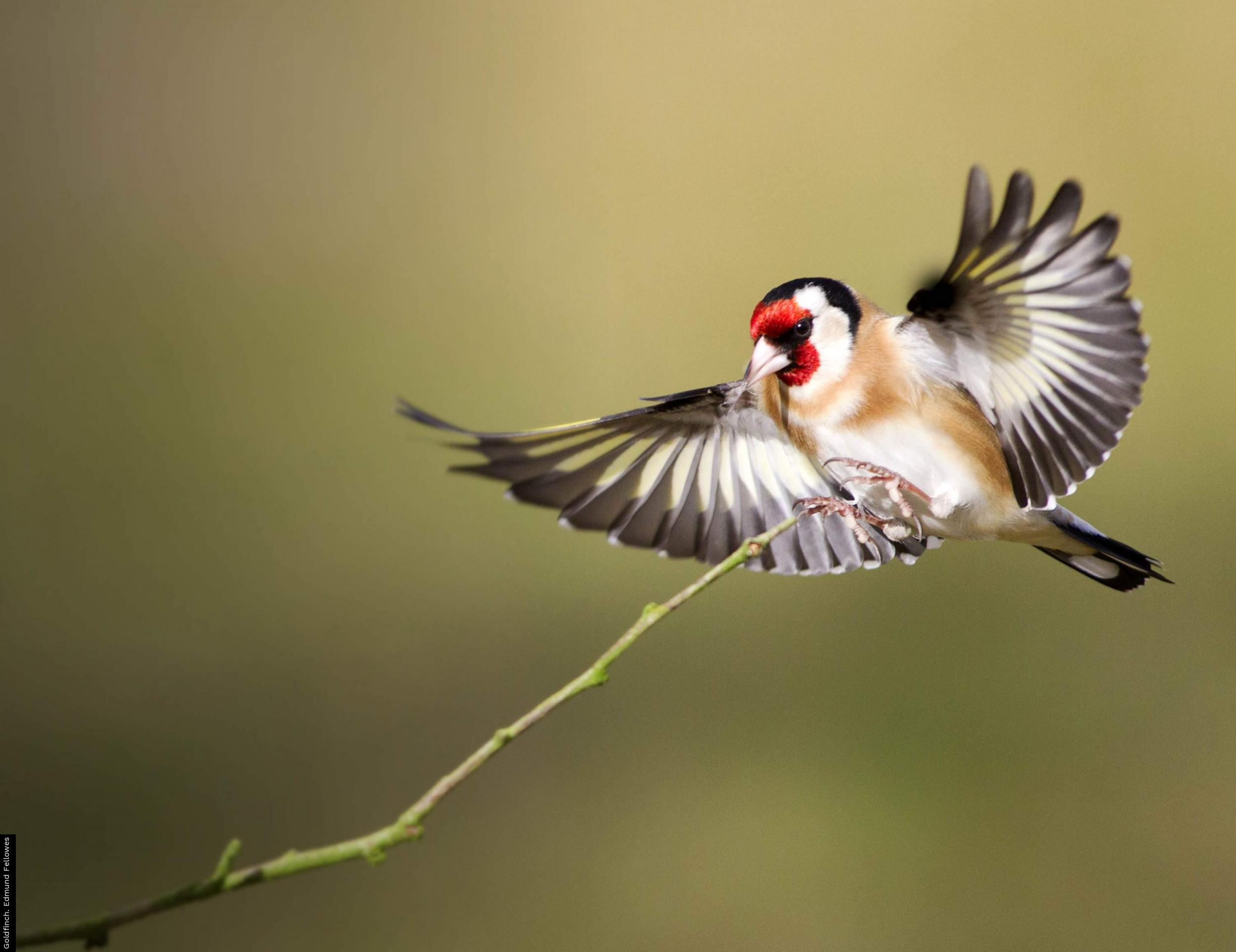
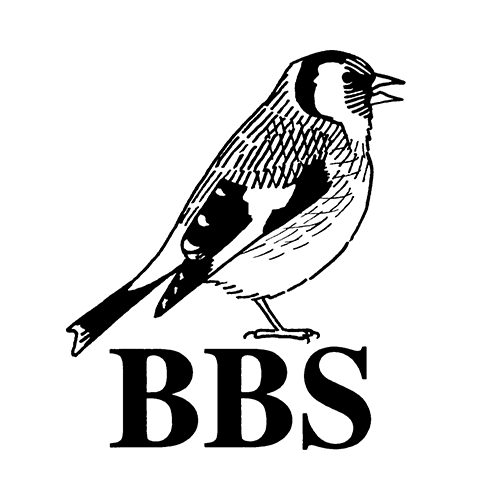
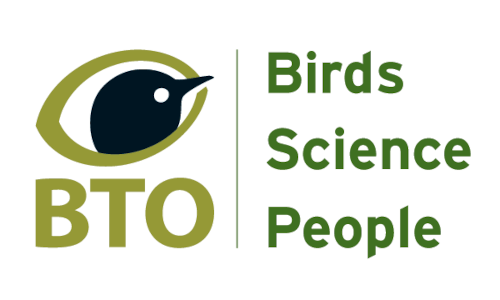

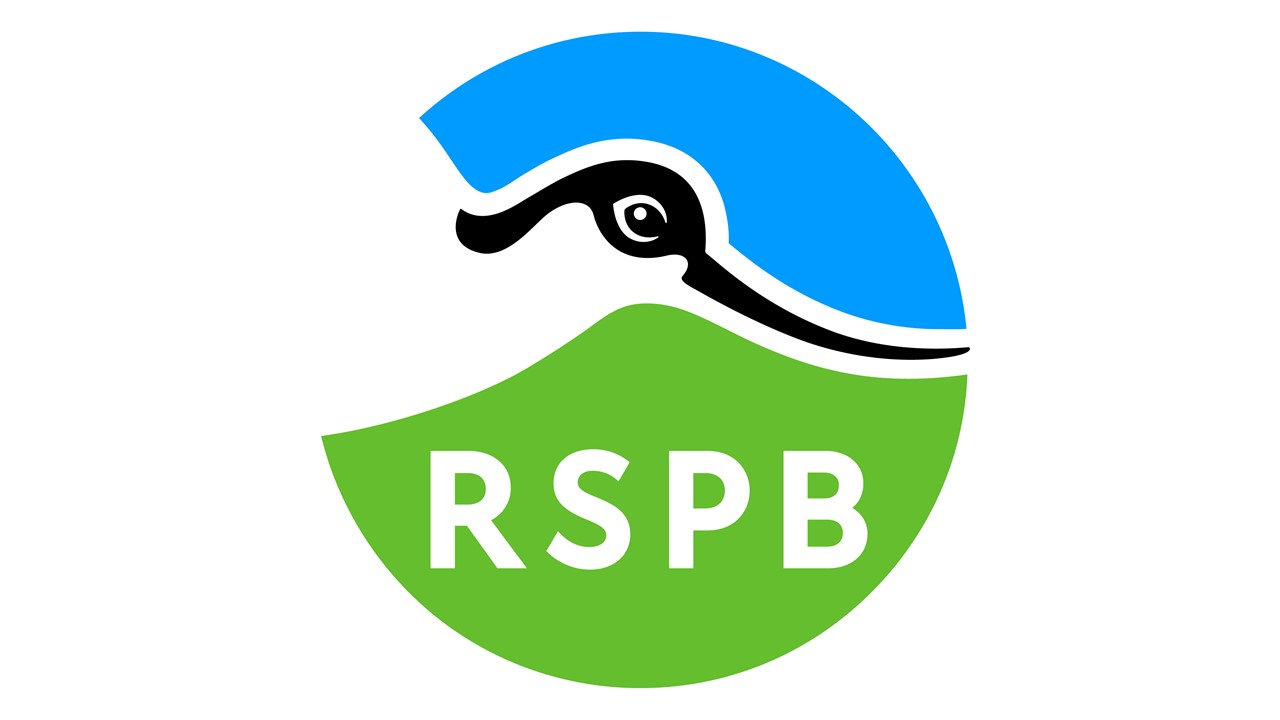
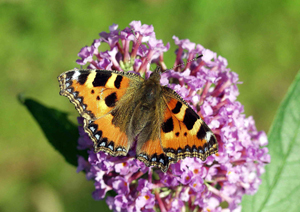
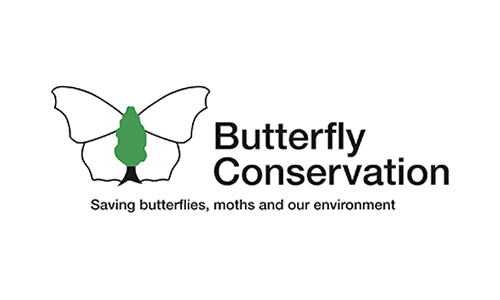





Share this page